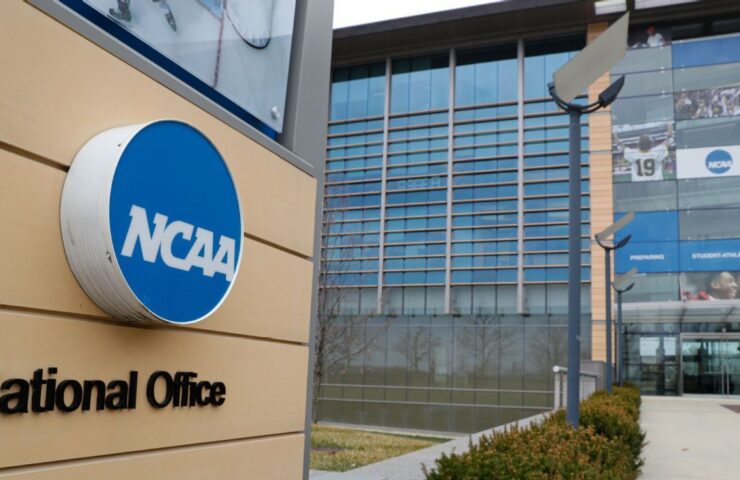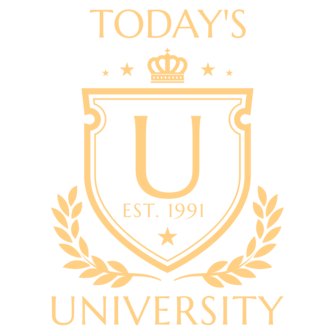
NCAA athlete pay: Here’s what’s next
-
Dan MurphyJun 7, 2025, 09:15 AM ET Close Covers the Big 10 Signed up with ESPN.com in 2014
- Graduate of the University of Notre Dame
College sports changed drastically Friday night.Schools will start directly paying their professional athletes in less than a month, thanks to a legal settlement that was officially approved in federal court Friday. Judge Claudia Wilken stated the offer would develop”ground-breaking modifications in NCAA rules that govern student-athlete compensation. “Editor’s Picks 1 Related The battle to let players share in the spoils of a market
that has actually long grown out of any amateur roots it ever had actually started more than 20 years ago. While Friday’s decision was a long-awaited milestone, both players and administrators stated they view it as a fresh starting point for the future of college sports, not a surface line.Sports fans can be forgiven for tuning out of the tiresome legal process that led up to this point. Let’s get up to speed about what this suggests
for the immediate future in college sports and what major concerns remain unanswered: New limits Beginning July 1, each school will be enabled( but not required) to spend approximately$20.5 million in brand-new payments to their athletes.That figure comes from a worked out formula that caps professional athlete payments at 22 %of the typical annual income that FBS-level schools receive from ticket sales, broadcast rights and a couple of other
products. The cap will grow on a regular basis during the 10-year life-span of the settlement as the schools ‘profits expands and by means of arranged incremental boosts. Sports financial expert Daniel Rascher, a topic specialist utilized in the settlement process, composed that he anticipates it will grow to more than$30 million annually by the time the offer expires.Each school’s athletic department can choose how it will divide that cash among professional athletes. Not many significant programs have shared their spending plan plans, however those that have state they will spend the overwhelming bulk( as much as 90%) of their cash on football and men’s basketball players.Athletes are also still allowed to generate income from selling the rights to their name, image and similarity(NIL )to other celebrations. The settlement produces a new set of rules and a new company called the College Sports Commission that will try to stop boosters from utilizing NIL offers as additional wage
payments, a practice that ended up being prevalent in the past numerous years.However, lots of groups are currently operating in show with booster collectives to discover imaginative methods to pad their payrolls with third-party NIL offers that fit within the brand-new guidelines. Market experts say football and basketball teams will likely need to discover methods to provide several million dollars beyond the wage cap limitations if they want to field a team that can contend for championships.New legal challenges Friday’s settlement ends a trio of federal antitrust lawsuits that had the possible to economically damage the NCAA. However the offer does not end the long list of legal problems for the college sport industry’s business model.The contracts that athletes are now signing with their schools will likely reinforce ongoing legal arguments that a minimum of some college players must be considered employees of their schools. The NCAA is fighting more than a lots lawsuits that challenge rules about the length of time professional athletes are allowed to stay in college sports.Many sports attorneys anticipate that key parts of the settlement will spur a brand-new barrage of suits– both the negotiated income cap and the
College Sports Commission’s efforts to stifle offers in between athletes and 3rd parties might be the target of future antitrust difficulties. Schools will likewise likely need to defend their decision to offer most of the new payments to men’s sports teams versus claims that their budgets violate Title IX– a federal law that restricts gender-based inequity.The NCAA’s next actions
NCAA president Charlie Baker and a number of his associates say the only method to resolve these staying legal issues is for Congress to compose a brand-new law that blocks athletes from ending up being staff members and offers the association an antitrust exemption to make rules that would restrict players’making power. “In the weeks ahead, we will work to show Congress why the settlement is both a huge win for student-athletes and a road map to legal reform,”Baker wrote in an open letter Friday night.The NCAA and its schools have been lobbying federal legislators for assistance throughout the past several years, but they have made little development towards a new law. They hope that the costly compromises they made in the settlement will spur some action in the coming year.The players’ next steps A growing group of athletes and their advocates state the best way to resolve the industry’s remaining legal issues is through collective bargaining.Professional sports have the ability to set legal wage caps and restrict player transfers by working out for those powers with a player’s union. Because college athletes are not workers, they can’t form unions.
Without unions, it’s not clear that any of the limitations negotiated in the new settlement can stand up to future antitrust lawsuits.Sedona Prince, a lead complainant in among the suits that led to the settlement, informed ESPN on Friday night that she and her peers hope the settlement is a releasing pad to increase players’ power in forming
brand-new guidelines. “We just strolled into a brand-new world,”said Prince, who finished up her college basketball profession earlier this year.”It’s a standard for us to construct and contribute to in
the future. We required this structure. Now we’re being treated like semipro professional athletes, but there are a lot of concerns going forward for enhancement in player health and player representation in choice making.”Prince belongs to Athletes.org, among a number of groups that is intending to form players’associations that could progress into unions in the future.Those groups and college administrators are currently getting ready for the next tiresome stages of a battle that will continue to play out in courtrooms and the halls of Congress for years to come.
